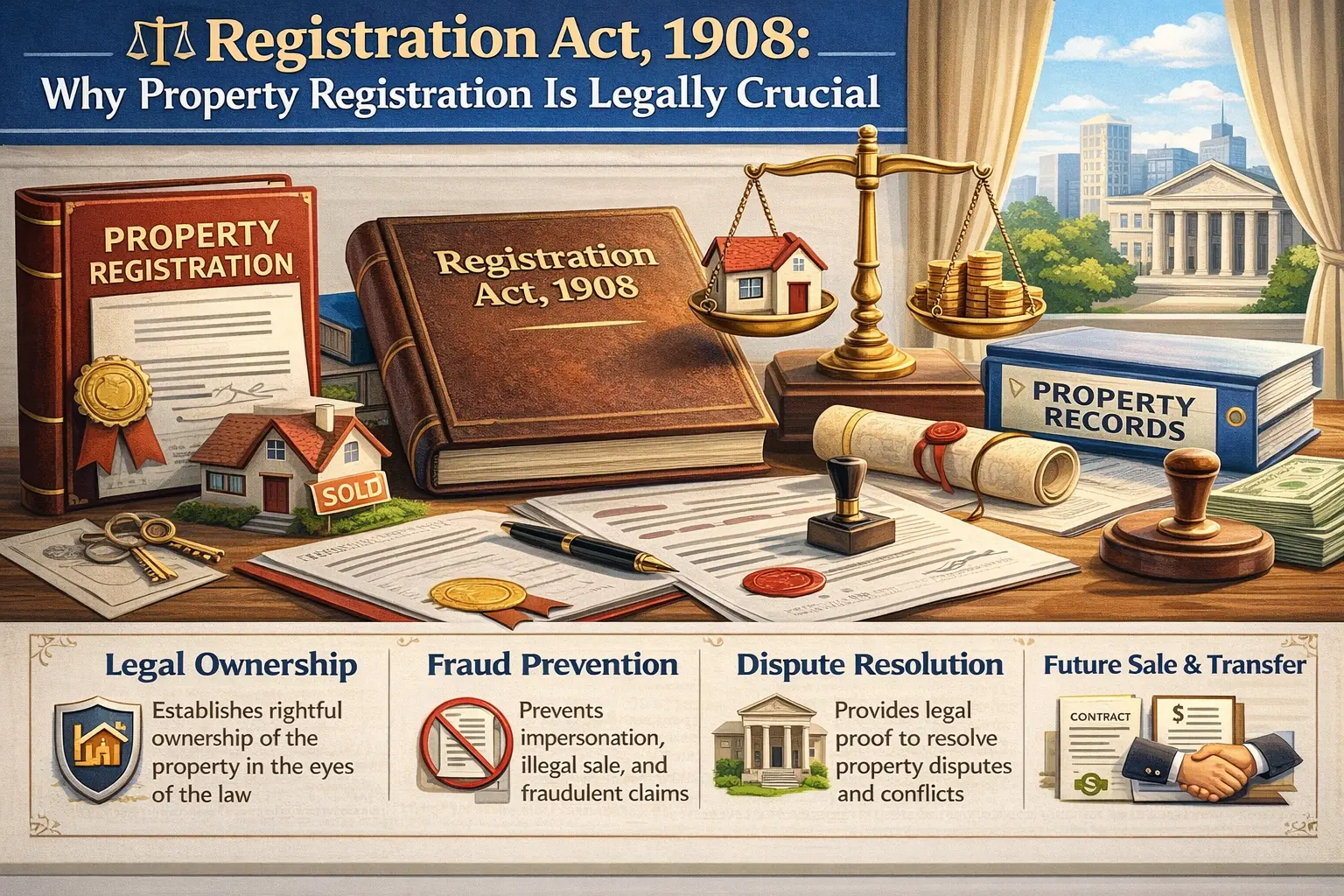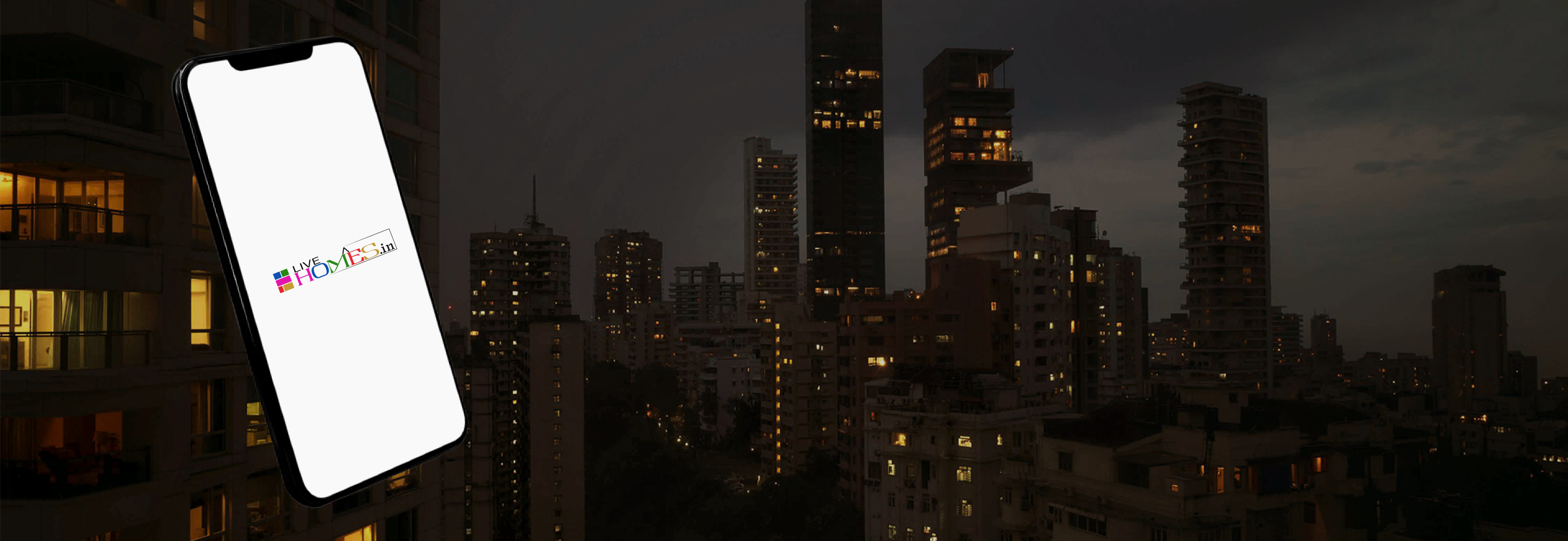In the world of construction, quality and safety are non-negotiable. Whether you’re building a dream home or a commercial project, using certified and approved materials ensures durability, safety, and legal compliance. Two of the most important quality symbols in India are the ISI mark and BIS certification.
This guide will help you understand:
-
What ISI and BIS stand for
-
Why they matter in construction
-
How to identify original certified materials
-
What materials require certification
-
How to avoid counterfeit products in 2025
What Is the ISI Mark?
The ISI mark stands for Indian Standards Institute, now known as the Bureau of Indian Standards (BIS). This mark indicates that a product:
-
Conforms to Indian quality and safety standards
-
Has been tested in a BIS-approved laboratory
-
Is manufactured under controlled and audited conditions
The ISI mark is mandatory for many construction materials used in residential, commercial, and industrial projects.
What Is BIS Certification?
The Bureau of Indian Standards (BIS) is India’s national standards body, under the Ministry of Consumer Affairs. BIS sets the quality benchmarks for materials and products across various industries, including construction.
BIS certification is:
-
A quality assurance system
-
Involves factory inspections, product sampling, and regular audits
-
A sign that a manufacturer follows Indian Standard codes (IS codes)
BIS issues both:
-
ISI marks (for standard products)
-
Hallmarking (for precious metals)
-
FSSAI-like approvals (for other regulated items)
Why Are ISI and BIS Important in Construction?
Using ISI-marked and BIS-certified materials means:
-
Longer-lasting structures
-
Fire and weather resistance
-
Safer for occupants
-
Reduced maintenance costs
-
Eligibility for home insurance and approvals
-
Protection from substandard/fake materials
Construction Materials That Require ISI/BIS Certification
Here are some commonly used construction materials that should always carry ISI marks and BIS approval:
| Material | IS Code / Standard |
|---|---|
| TMT Steel Bars | IS 1786 |
| Cement (OPC, PPC) | IS 1489, IS 8112 |
| Electrical Wires | IS 694 |
| PVC/CPVC Pipes | IS 4985, IS 15778 |
| Sanitary Fittings | IS 2556 |
| Switches & Electricals | IS 3854 |
| Plywood & Flush Doors | IS 303, IS 2202 |
| Ceramic Tiles | IS 13755 |
| Paints (Emulsion & Enamel) | IS 133, IS 101 |
| Bricks (Burnt Clay) | IS 1077 |
How to Identify a Genuine ISI Mark?
In 2025, counterfeit ISI marks are still a concern in the market. To avoid being cheated:
What a Genuine ISI Mark Includes:
-
The ISI logo – a tick inside a circle with "ISI"
-
The license number (CM/L-xxxxxxxxxx)
-
The relevant IS code next to the logo
Check Online:
You can now verify product certifications on the official BIS website:
https://www.bis.gov.in
Use their 'Verify License Number' tool or download the BIS Care App (available on Google Play/iOS) to scan and verify codes in real time.
Common Signs of Fake ISI Marked Materials
-
No license number or IS code.
-
Poor printing or spelling mistakes.
-
Vendors selling much below market price.
-
Seller hesitates to provide bill or batch certificate.
Pro Tip for Builders & Homeowners
Always ask for:
-
Material test reports (MTC)
-
BIS license copy
-
Batch-wise delivery challan
-
For large orders: Ask for a factory visit or third-party inspection
How Builders Use This in Real Life
Imagine you're constructing a G+2 house in Chennai. Your engineer checks:
-
TMT steel bars with ISI mark & test report
-
Cement bags marked with IS 1489 or IS 8112
-
CPVC pipes branded with IS 15778
This ensures the structure will meet building code approvals, and avoids legal trouble later in insurance or resale.
Understanding ISI marks and BIS certifications is crucial when choosing construction materials in 2025. It’s not just about following the law – it’s about building safe, durable, and valuable spaces for the future.
https://www.livehomes.in/blogs













